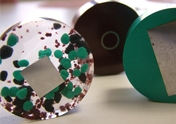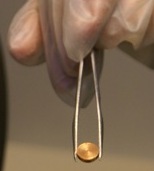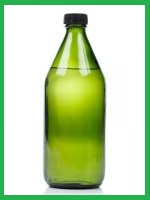Sampling guidelines
The sampling rate for examination is established in technical instructions and standards.
To control the chemical composition of the metal, it is usually:
- for sheets and plates - from one control sheet, batch plate;
- for tapes, strips, wire - from one control roll of the batch;
- for bars and profiles that are individually stamped by the supplying plant - from one bar, profile, batch;
- for bars and profiles marked on the tag - from 2, 3 and 5 bars, profiles for batches of less than 30 pcs., from 30 to 50 pcs. and over 50 pieces, respectively.
Documentation
Sample requirements
For metals:
- Sample dry matter mass: not less than 0.5 grams and not more than 200 grams;
- Overall dimensions no more: 100x100x50 mm;
- Only numbers are used in sample numbering.




Pressed sections are also accepted as samples.
Ideal sample: plate or circle 3-5 mm thick and 10x10 mm in size, ground to a mirror finish.
For petroleum products and fuels and lubricants:
- samples should be taken into a clean glass thick-walled dish with a nylon liner and a screw cap;
- the volume of each sample is 1 liter;
- It is NOT allowed to accept samples in unsealed containers (glass and PE bottles from alcoholic beverages and water);
- tare after analysis is not returned.



General requirements of regulatory enactments:
According to clause 24.3 "Instructions on the appointment and conduct of forensic examinations and expert research" approved by Order of the Ministry of Justice of Ukraine No. 53/5 dated 08.10.98, when preparing objects for examination of materials, substances and products, the following rules should be observed:
- if materials and substances are found in large quantities, their samples are sent for research. In cases where they (materials and substances) constitute volumes of liquids or bulk masses, samples are provided in the form of average samples;
- when taking an average liquid sample, shake the latter, and then pour at least 1 liter into a separate container. The average sample of bulk solids (sand, cement, etc.) is taken by grooves using a probe from different depths of each container (three to five grooves with a total mass of 1.5-2 kg). For large storage facilities, samples should be taken in places from which part of the bulk substance that is most likely originates from (at a door, window, gap, etc.);
- samples of threads, ropes, twines are provided with a total length of at least 3 m, in pieces from different places of objects;
- a sample of fabric should be 50-100 cm long. If the fabric has a pattern, it should be repeated on the sample at least three times;
- if layers or stains on objects are investigated, the expert must provide the object itself. Layering and stains must be covered with a sheet of white paper or fabric, secured at the edges;
- if it is not possible to remove the item, clippings with spots are provided;
- items of clothing and footwear, on which the presence of fibers (other microparticles and layers) is expected, each must be wrapped individually in thick white paper (it is forbidden to pack them in polyethylene bags, since polyethylene has electrostatic properties, under the influence of which the localization of microparticles on the object may undergo changes );
- liquids should be poured for transportation into a clean glass thick-walled container and closed with a ground glass stopper. The dishes in which the meadows are shipped are closed with a rubber stopper;
- objects soaked in oils, fats and lubricants, as well as objects with specific odors, are placed in tightly sealed glass dishes or in plastic bags that are sealed.
For a free consultation, you can use On-line consultation, or call us or write to the messengers.For information about the cost of services go to Tariffs or place Application for Services.








































